*An international team of scientists from University College London (UCL), the Swedish Museum of natural history, the Museum of natural history (London) and the University of Florence have found an extraordinary fossil type *, which has been almost completely ignored until now.
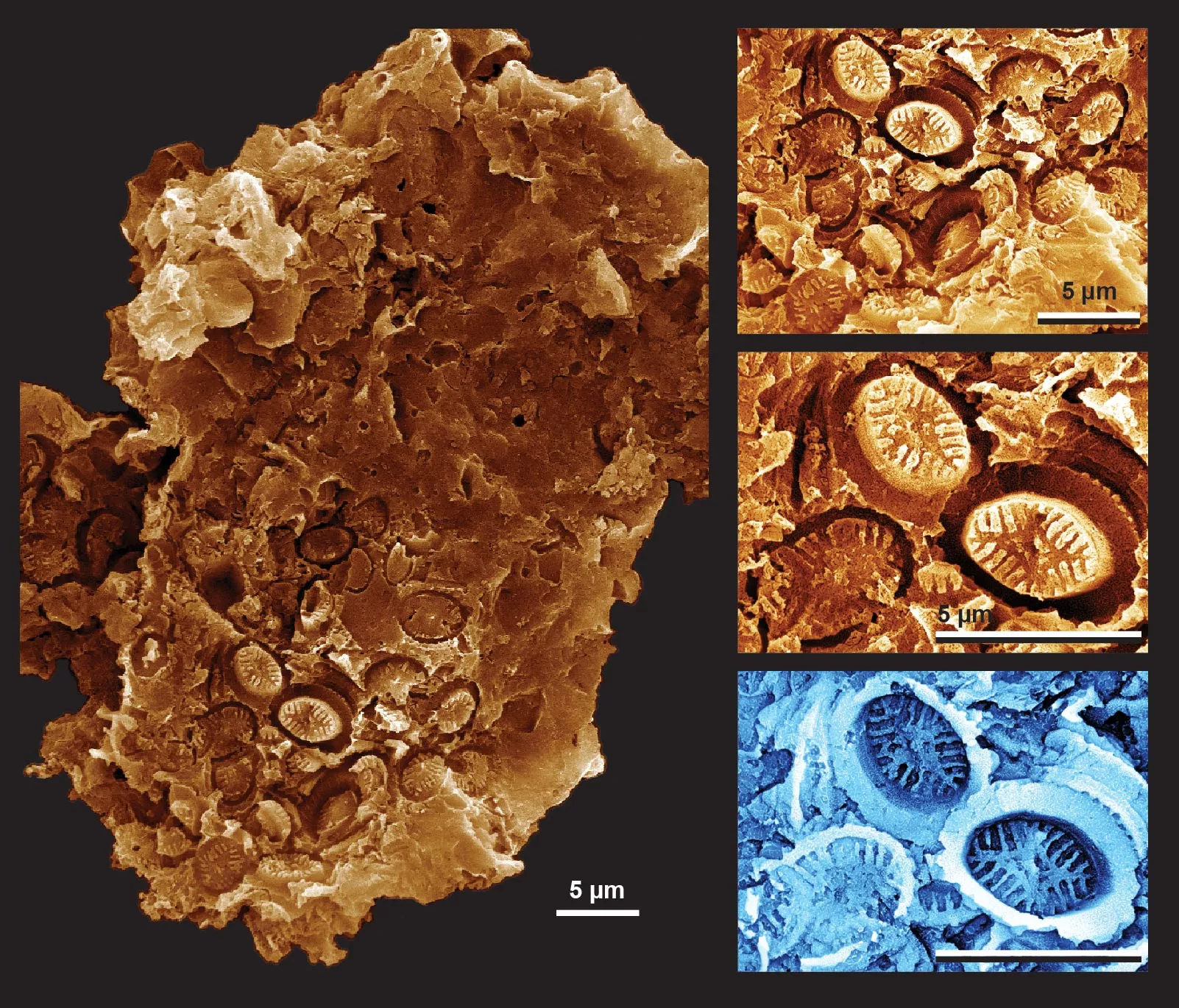
These fossils are microscopic imprints, or "ghosts", of single-cell plankton that lived in the ocean millions of years ago. Their discovery has revolutionized people's understanding of how climate change affects plankton in the ocean.
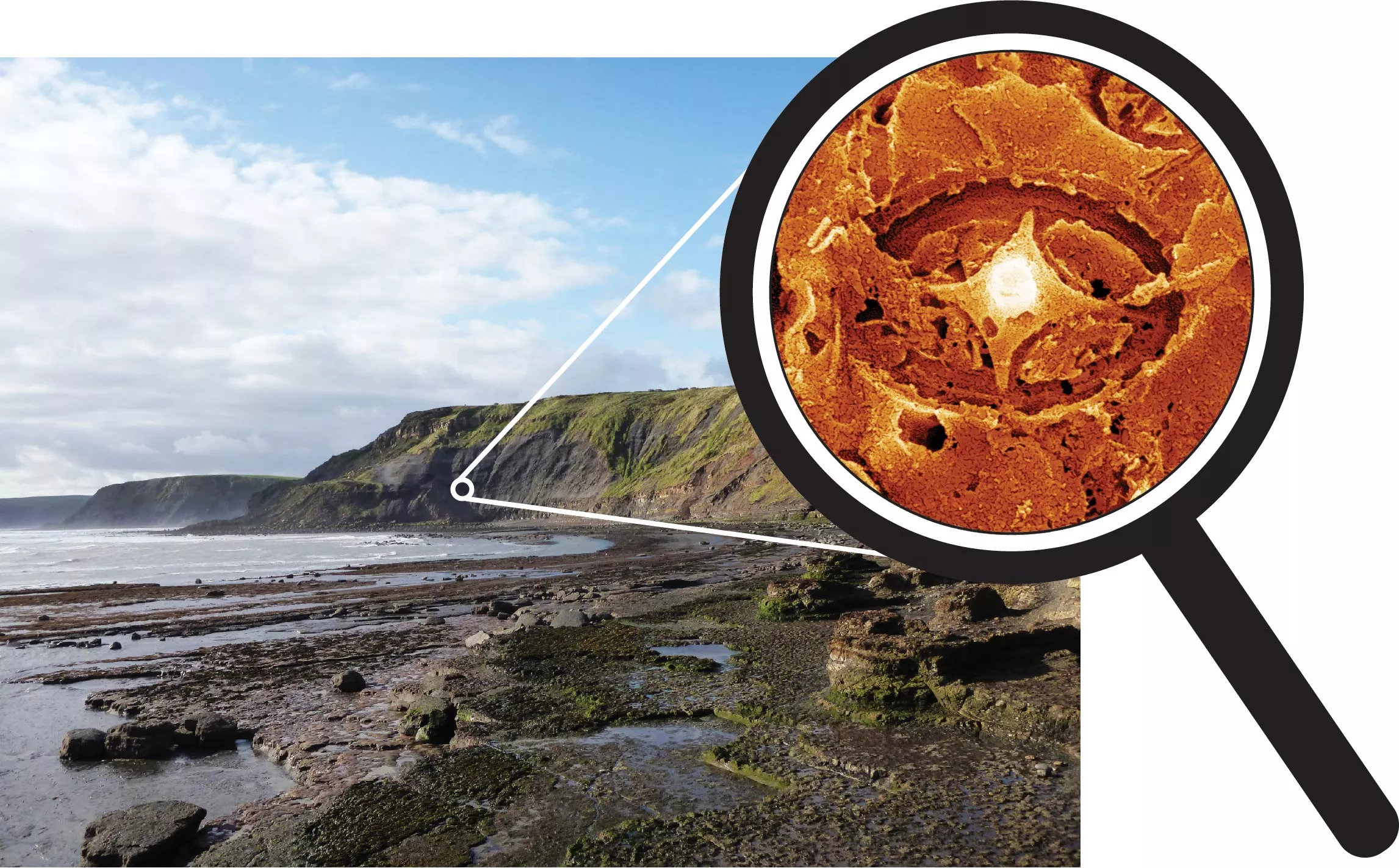
Coccolithophore is very important in today's oceans. It provides most of the oxygen we breathe, supports the marine food web and locks carbon in seabed sediments. They are tiny plankton with hard calcareous plates around their cells - things that are usually fossilized in rocks.
The abundance of these fossils has been recorded in many global warming events in the past, indicating that these plankton are seriously affected by climate change and ocean acidification. However, a study published today in science presents a new global record of abundant ghost fossils from three Jurassic and Cretaceous warming events (94 million years ago, 120 million years ago and 183 million years ago), suggesting that coccolithophores are more resilient to past climate change than previously thought.
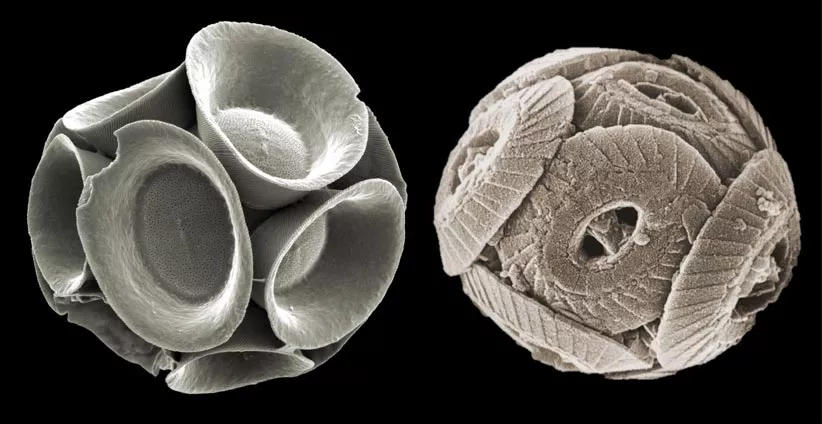
Dr Sam Slater of the Swedish Museum of natural history said: "the discovery of these beautiful ghost fossils was completely unexpected. We first found them preserved on the surface of pollen fossils, and soon found that they existed in large quantities during a period when normal Coccolithophore fossils should have been rare or absent - it was a complete surprise!"
Although they are very small in size, the number of Chlorella may be very large in the current ocean, and cloud like flowers can be seen from space. After death, their calcareous exoskeletons sink to the sea floor, accumulate in large quantities and form rocks such as chalk.
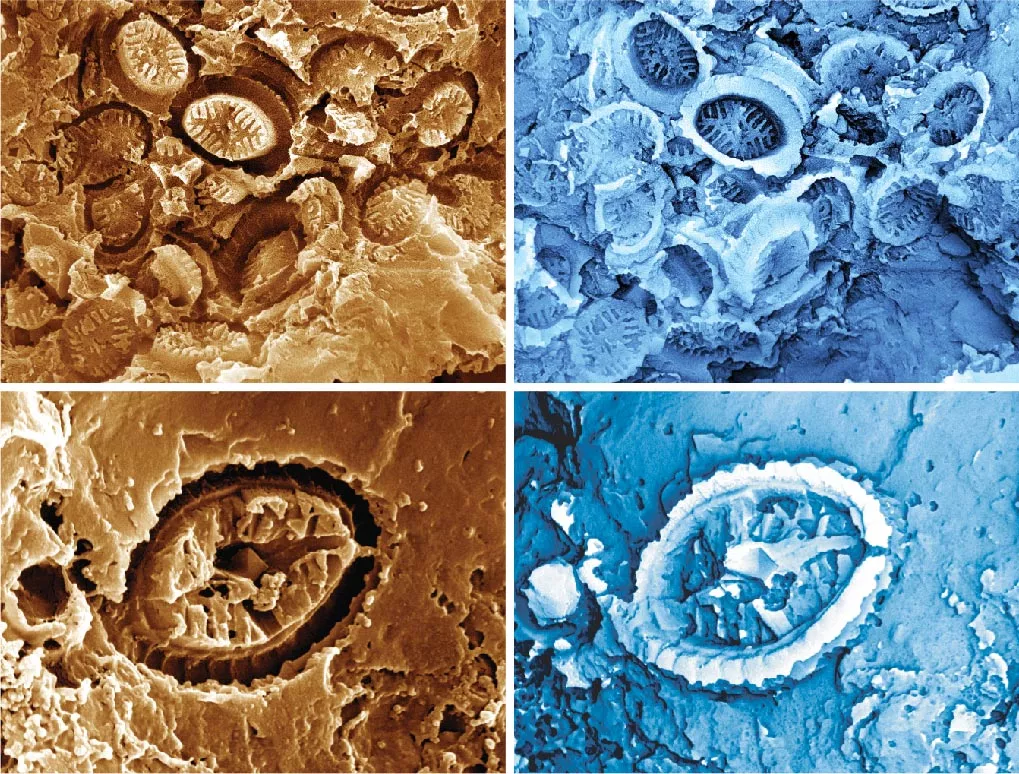
Professor Paul bown (UCL) said: "the preservation of these ghost fossils is really amazing. They are very small - they are about five thousandths of a millimeter long and 1 / 15 narrower than the width of human hair! - although the original plates themselves have been dissolved, their details are very clear and they are pressed on the surface of ancient organic matter."
Ghost fossils were formed when sediments on the seafloor were buried and turned into rocks. As more mud gradually settles on it, the resulting pressure squeezes the Coccolithophore plate and other organic debris together, and the hard Coccolithophore plate is pressed against the surface of pollen, spores and other soft organic matter. Later, the acidic water in the rock space dissolved the coccolithophyta, leaving only their mark - the ghost.
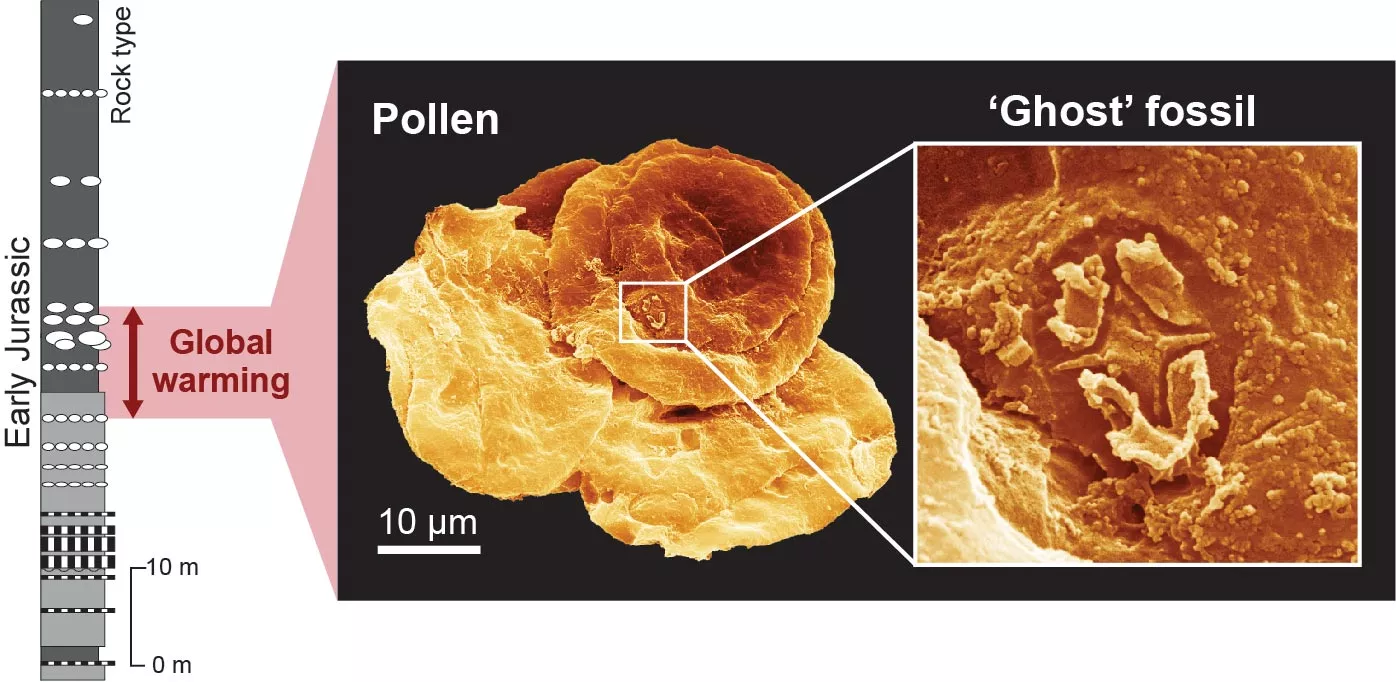
Professor vivi Vajda (Swedish Museum of natural history) explained: "Usually, paleontologists only search for Coccolithophore fossils themselves. If they don't find any coccolithophores, they tend to think that these ancient plankton communities have collapsed. However, these ghost fossils show us that sometimes the fossil record deceives us, and these calcareous plankton may have other ways of preservation, which needs to be taken into account when trying to understand their response to past climate change."
Professor Silvia danise (University of Florence) said: "ghost fossils may be very common in the fossil record, but they have been ignored because of their small size and secret preservation. We think this strange fossil type will be very useful in the future, especially when studying the geological interval where the fossil record lacks primitive coccolithophores."
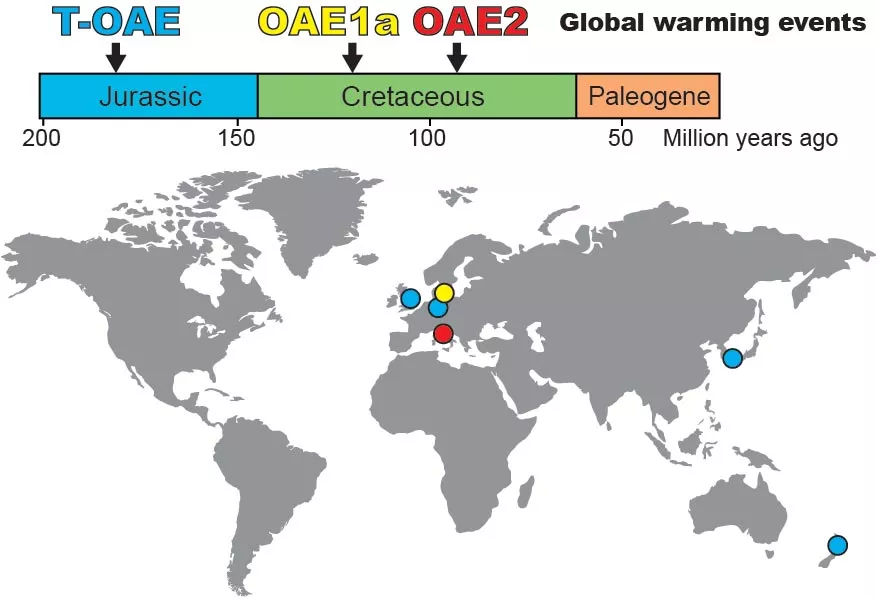
The focus of this study is the toardian oceanic anoxic event (t-oae), an interval of rapid global warming in the early Jurassic, caused by the increase of carbon dioxide in the atmosphere caused by large-scale volcanic activity in the southern hemisphere. Researchers found ghost fossils related to t-oae in the UK, Germany, Japan and New Zealand, but also found two similar global warming events in the Cretaceous: Marine hypoxia event 1a in Sweden (120 million years ago) and marine hypoxia event 2 in Italy (94 million years ago).
"These ghost fossils show that plankton was abundant, diverse and prosperous in the past warming events of Jurassic and Cretaceous. Previous records believe that plankton collapsed due to ocean acidification," said Professor Richard Twitchett (London Museum of natural history). "These fossils are rewriting our understanding of how calcareous plankton responded to warming events."
Finally, Dr. Sam Slater said: "our research shows that in these warming events in the past, planktonic algae are very abundant and contributed to the expansion of marine dead zones, where the oxygen level on the seabed is too low for most species to survive. These conditions - including the proliferation of floating organisms and dead zones - may become more common in our globally warming oceans."